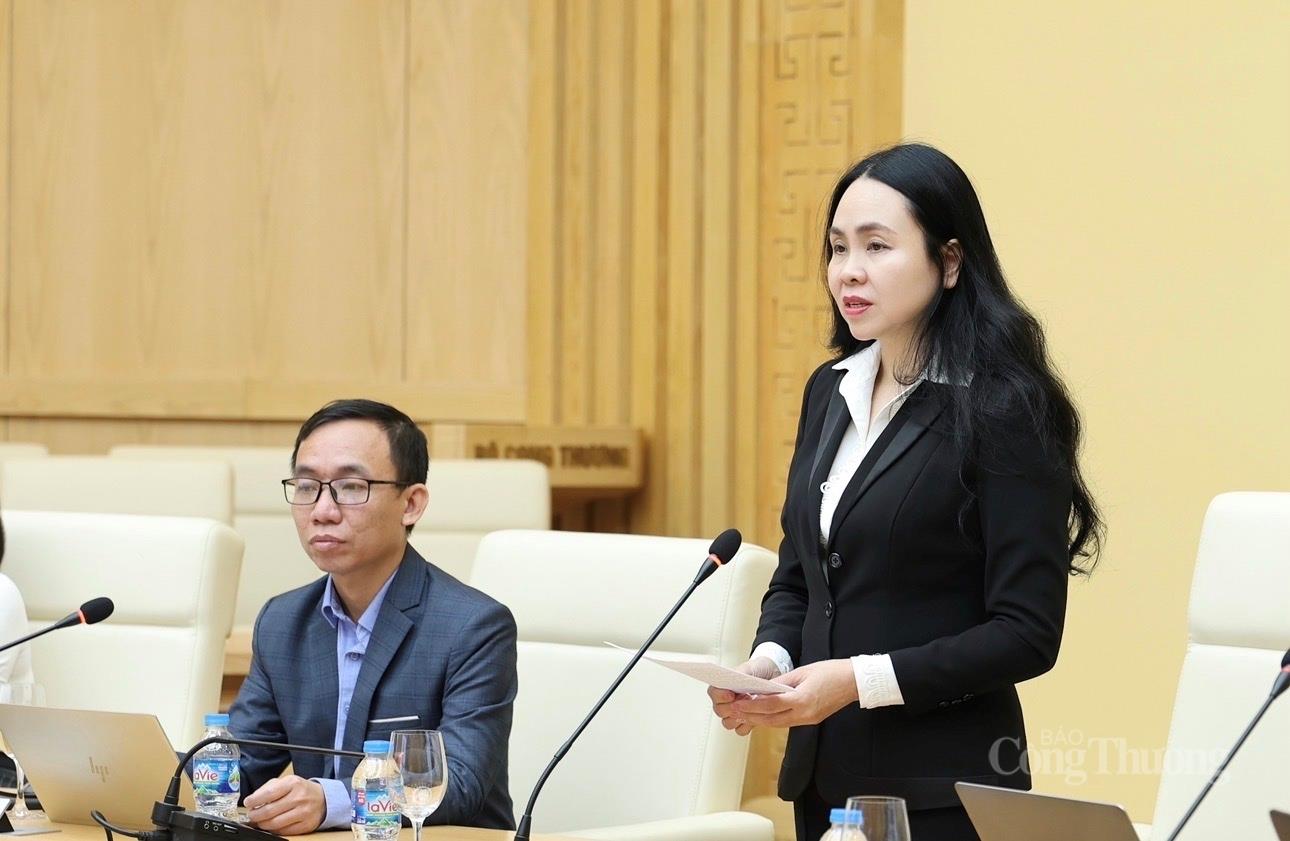
MoIT trains nationwide rollout of centralized public service system
19:05 | 23/03/2025 17:49 | 18/12/2025News and Events
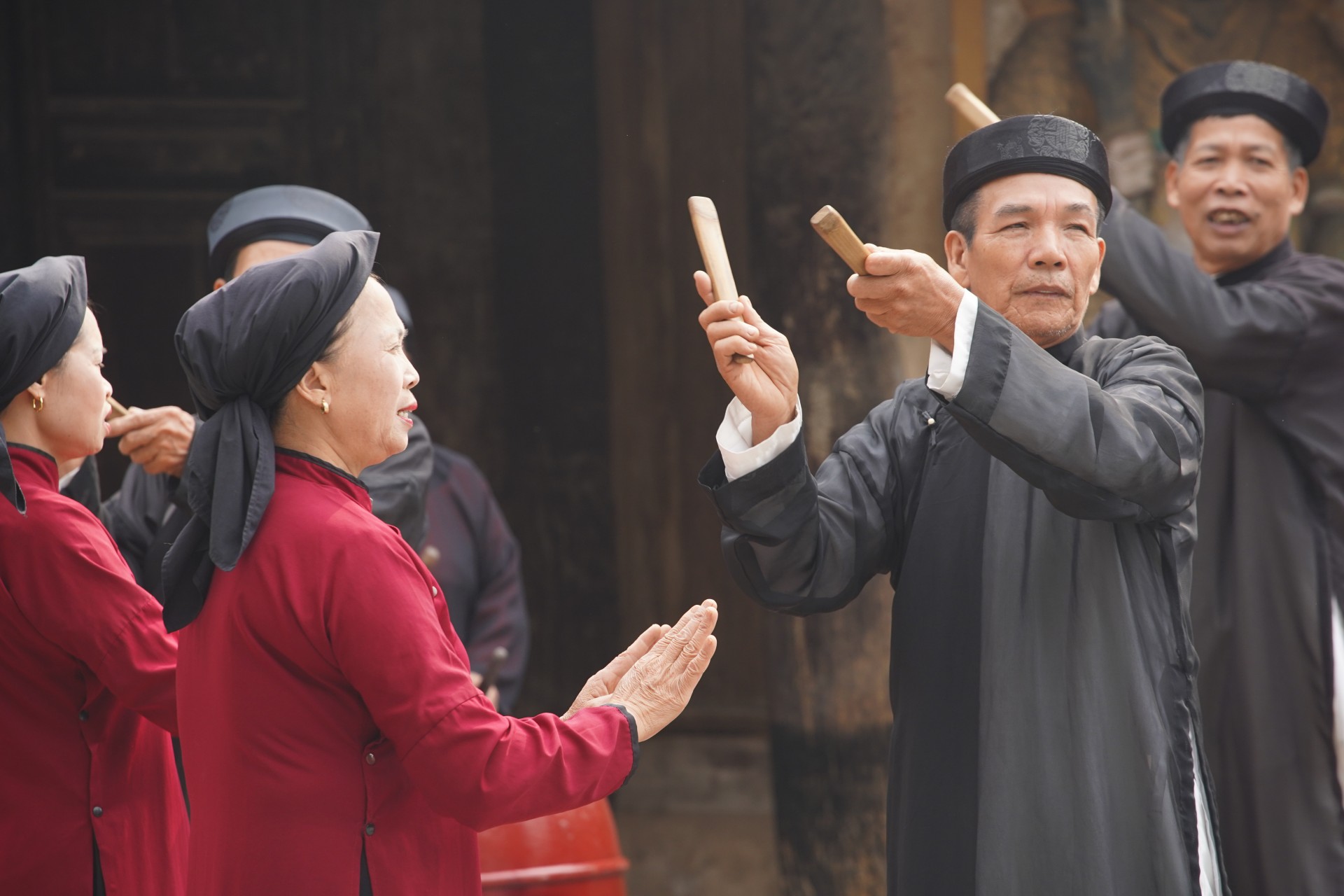 |
Traditionally, singers from Xoan guilds performed songs in sacred spaces such as temples, shrines and communal houses for the spring festivals. There are three forms of Xoan singing: worship singing for the Hung kings and village guardian spirits; ritual singing for good crops, health and luck; and festival singing where villagers alternate male and female voices in a form of courtship.
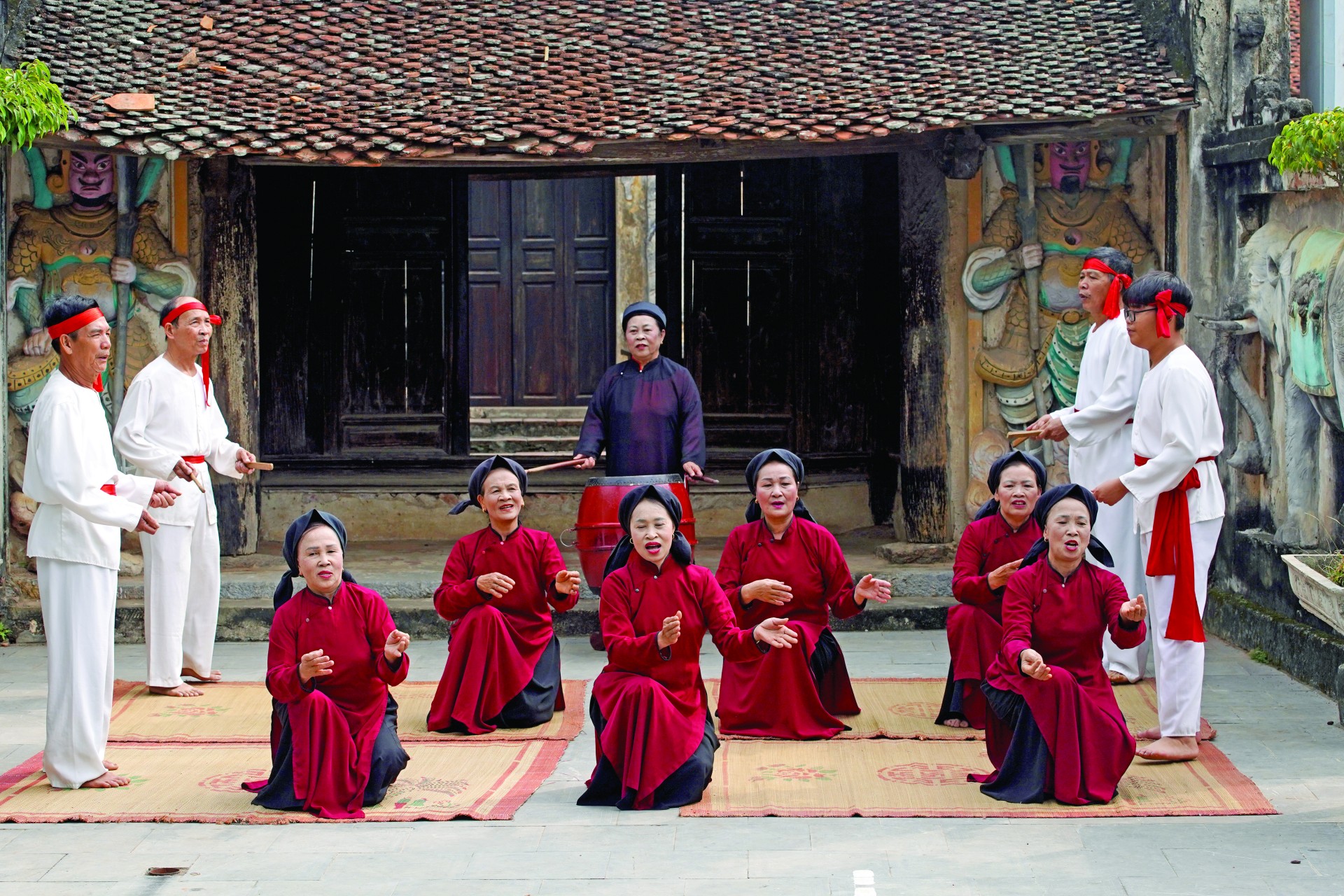 |
Xoan singing can be sung in a variety of styles. It can be solemn and slow, as well as quick and elegant. A specific set of dance movements always accompanies the lyrics and melodies, as do drumming and clapper beating.
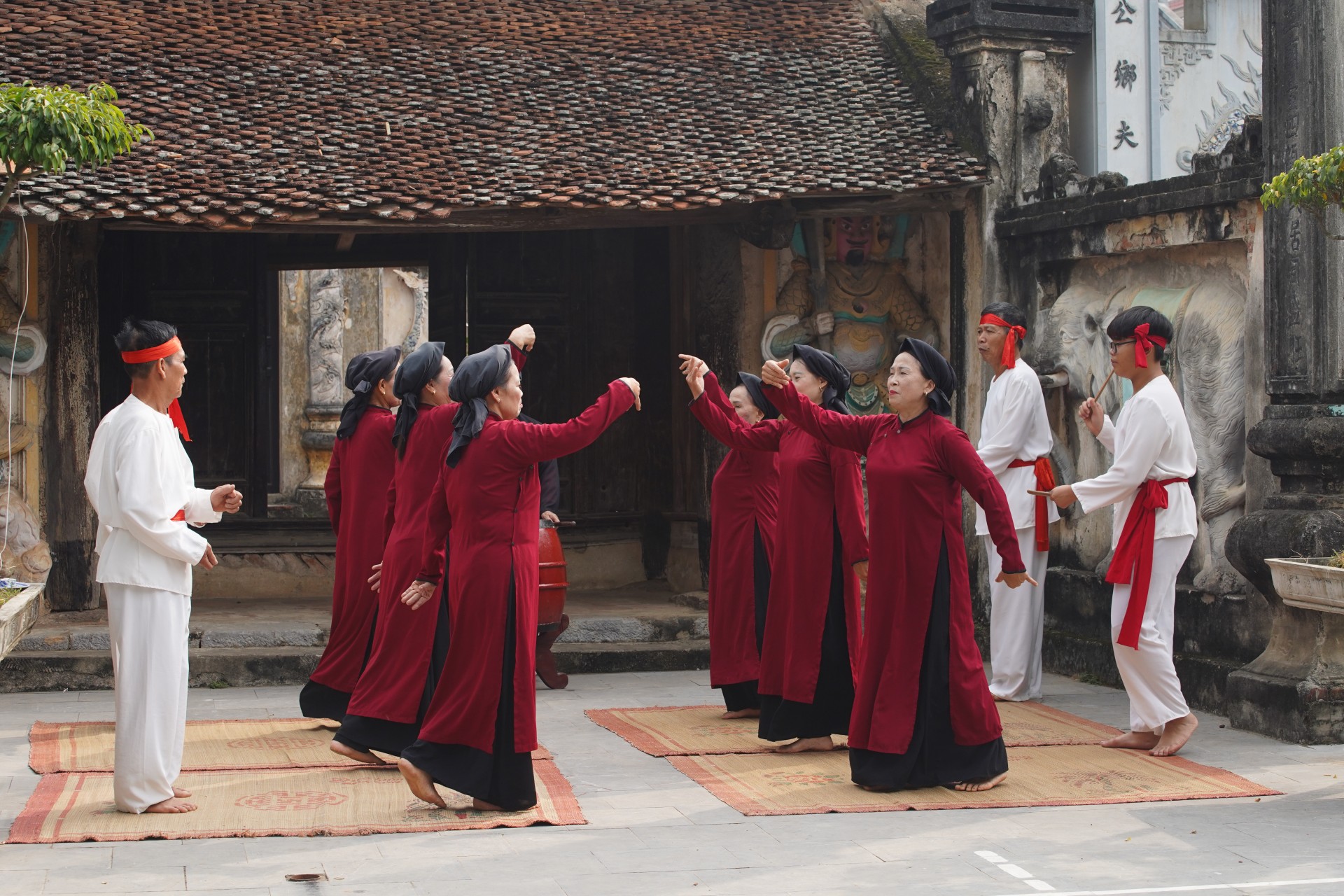 |
Xoan performances usually follow proper order. The vitality and sustainability of the art lies in its ability to serve both celebrations and courtships. The art has a systematic organizational structure, as performers often reside in the same villages and set up Xoan guilds, creating art troupes among relatives.
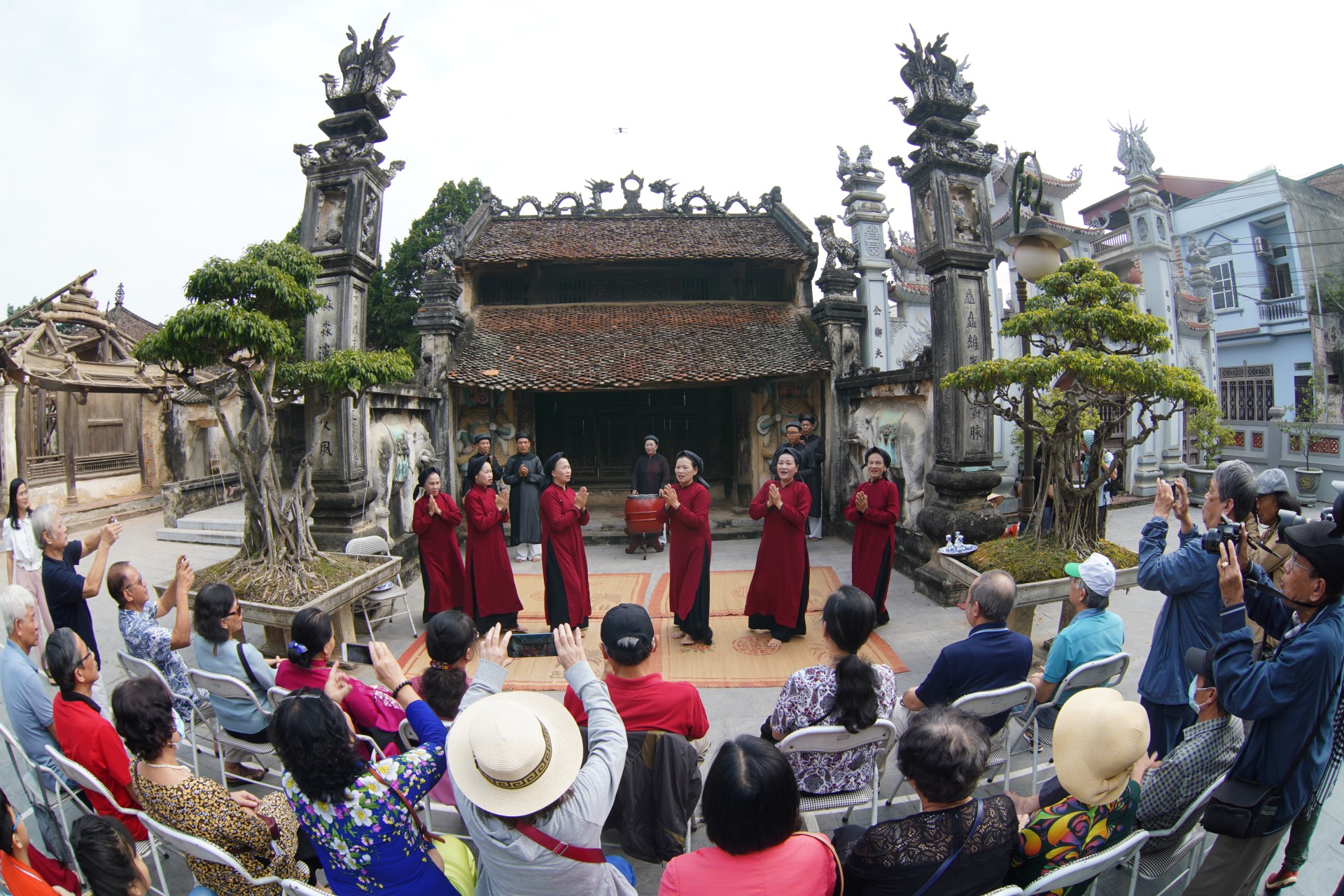 |
Male performers are referred to as ‘Kep’, while their female counterparts ‘Dao’. Each Xoan guild has 15-18 members. Although only four traditional guilds remain, in recent years the singing has been taken up by clubs and other performing groups.
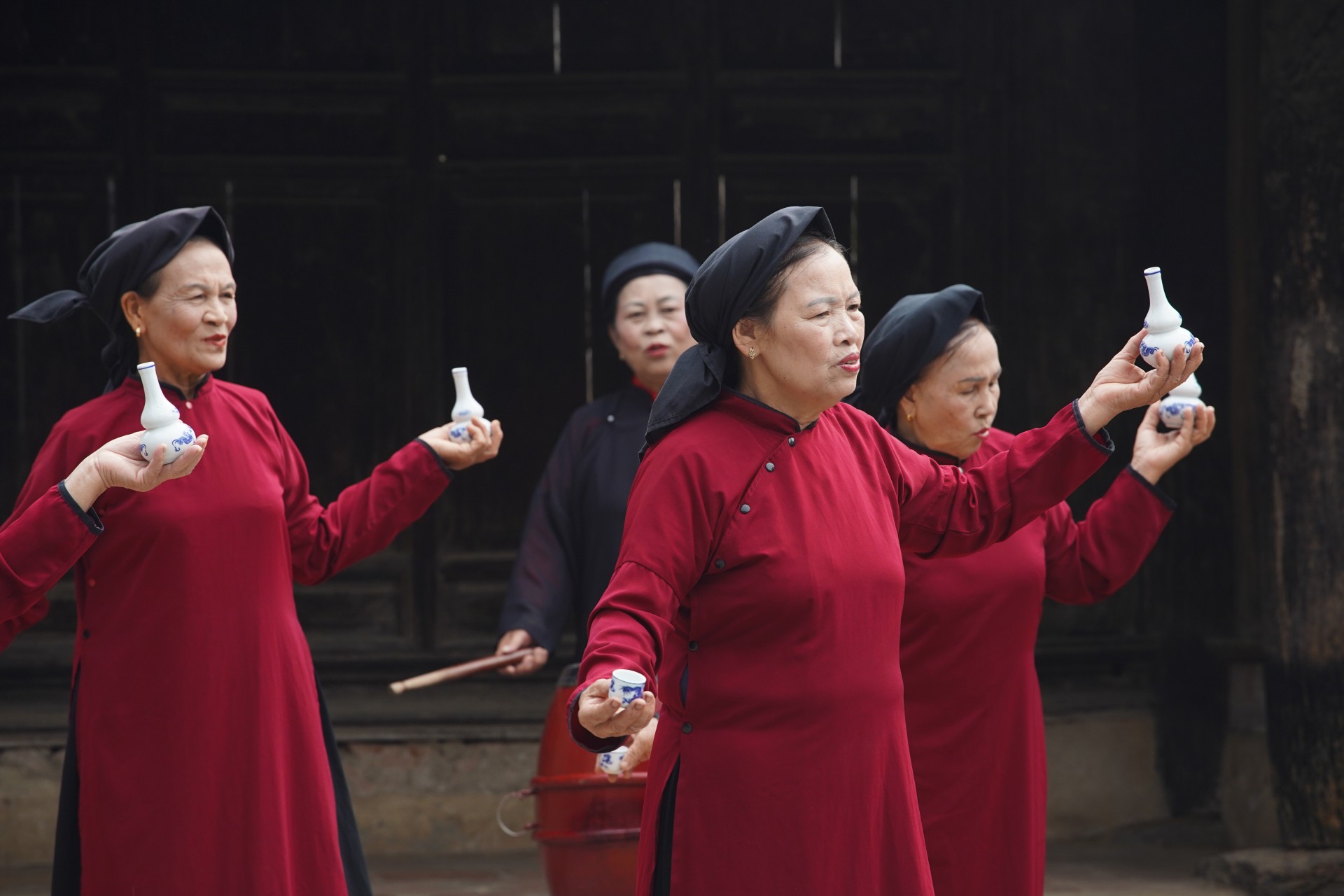 |
In December 2011, Xoan singing in Phu Tho Province was officially recognized by UNESCO as an Intangible Cultural Heritage in Need of Urgent Safeguarding. It was added to the Representative List of the Intangible Cultural Heritage of Humanity in December 2017.
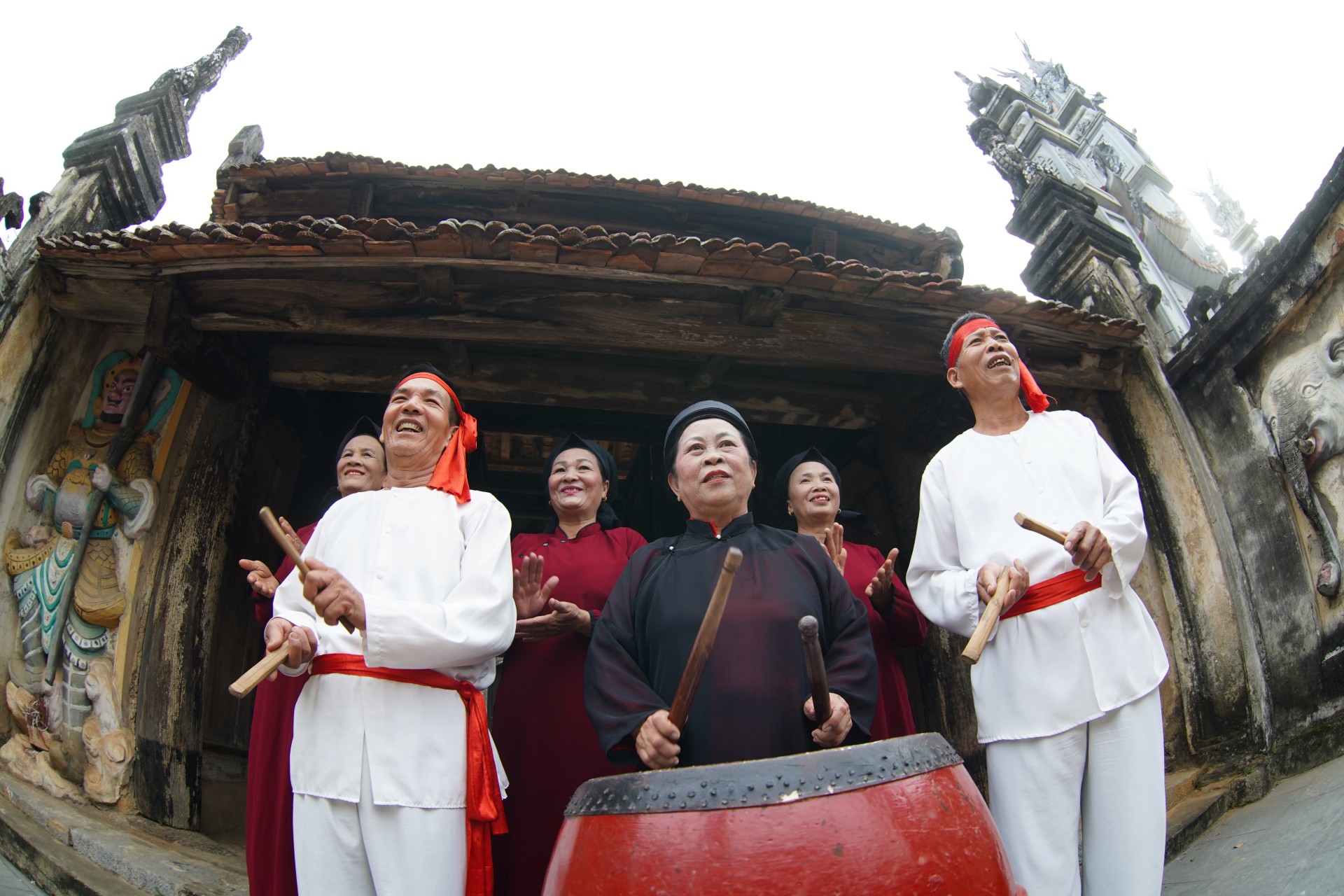 |
Traditional festivals combining the worship of Hung kings and Xoan singing have been preserved for performing and teaching to future generations.

19:05 | 23/03/2025 17:49 | 18/12/2025News and Events
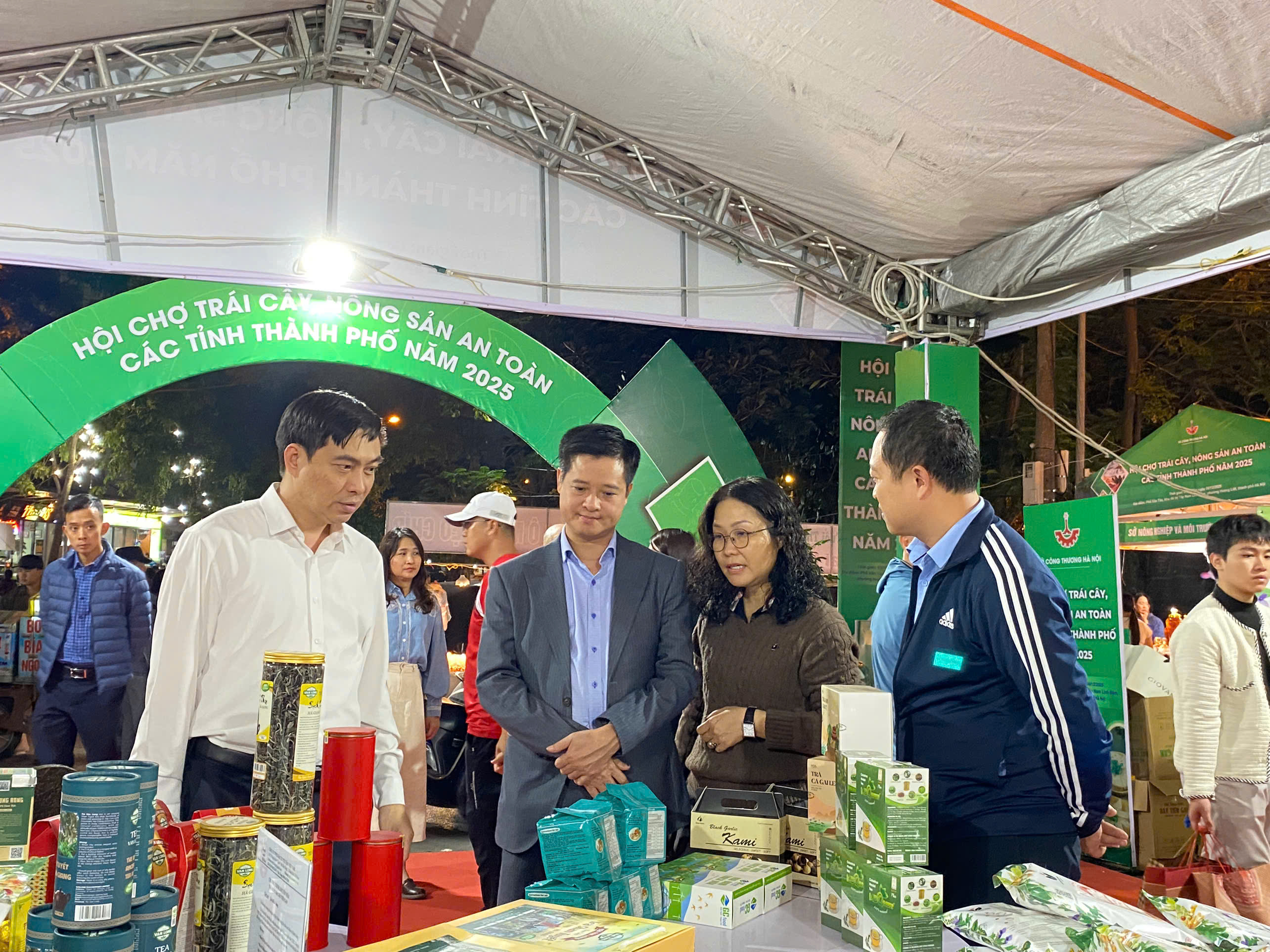
19:05 | 23/03/2025 17:46 | 18/12/2025Trade

19:05 | 23/03/2025 00:05 | 18/12/2025News and Events
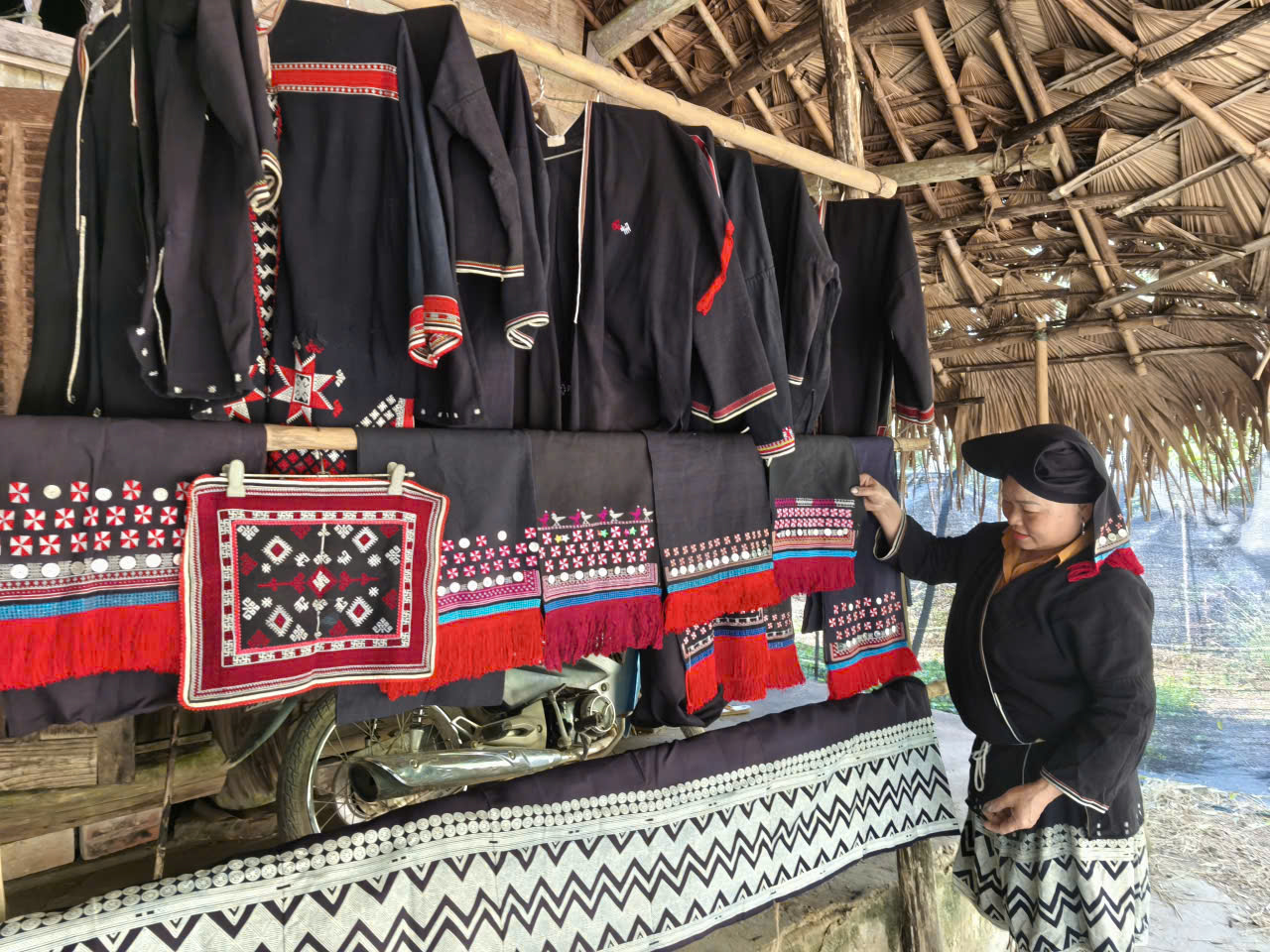
19:05 | 23/03/2025 00:03 | 18/12/2025Tourism
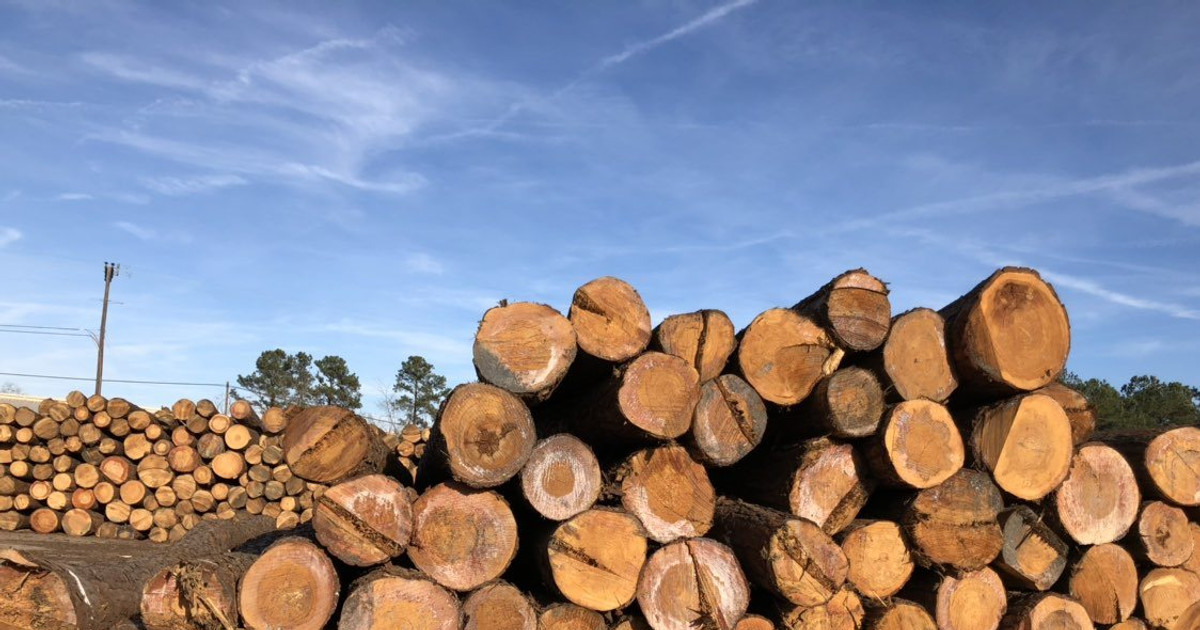
19:05 | 23/03/2025 21:58 | 17/12/2025Industry